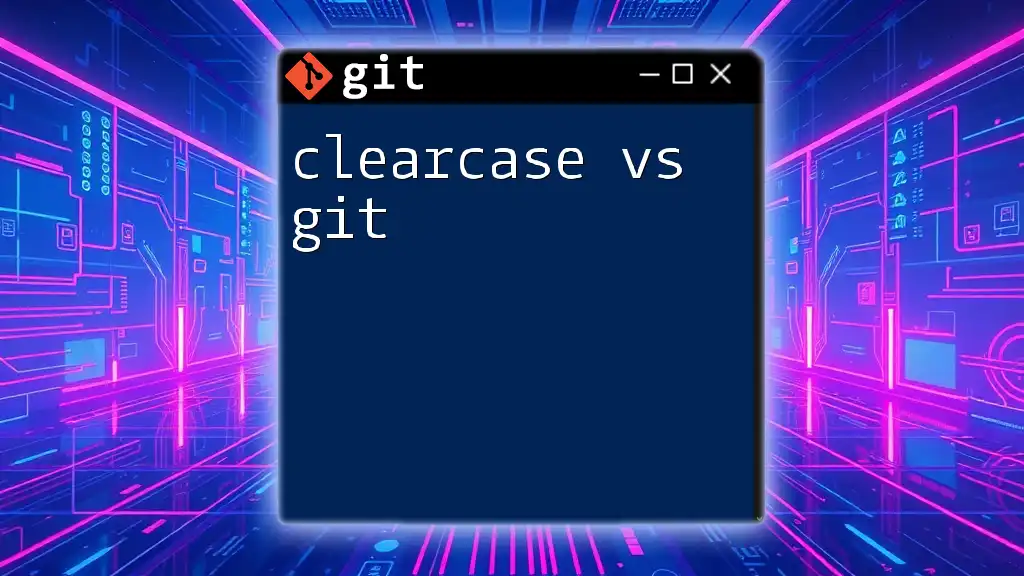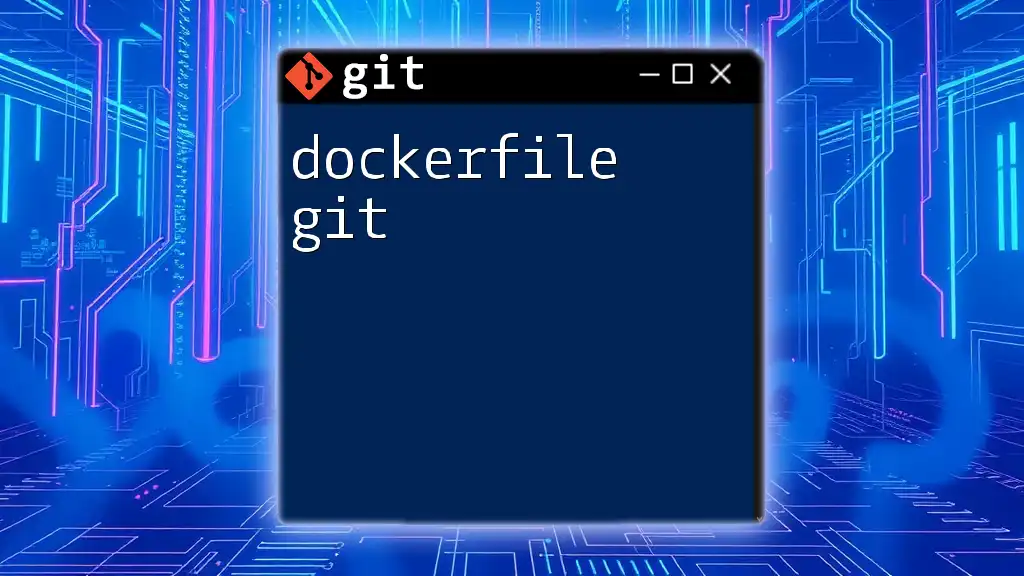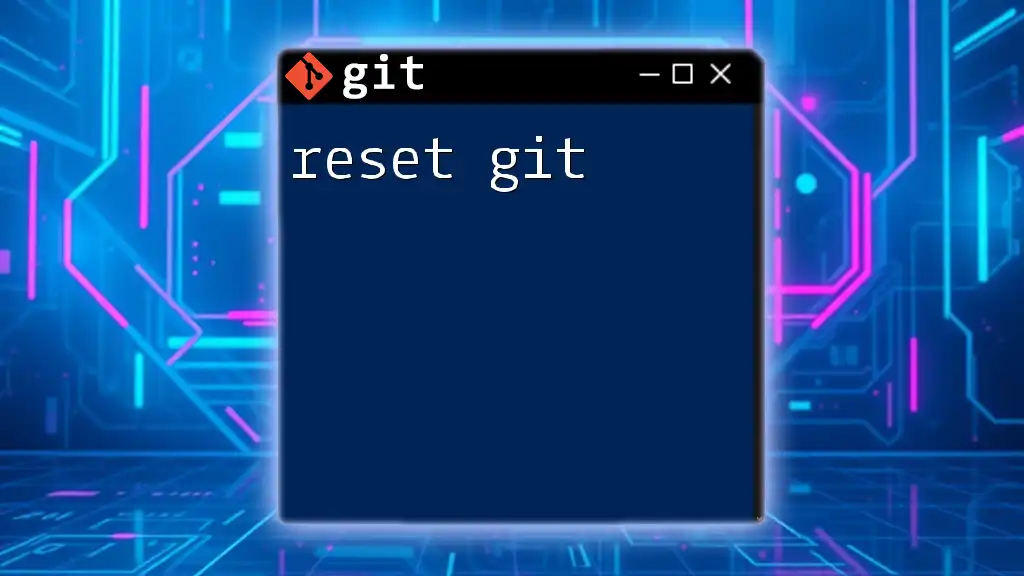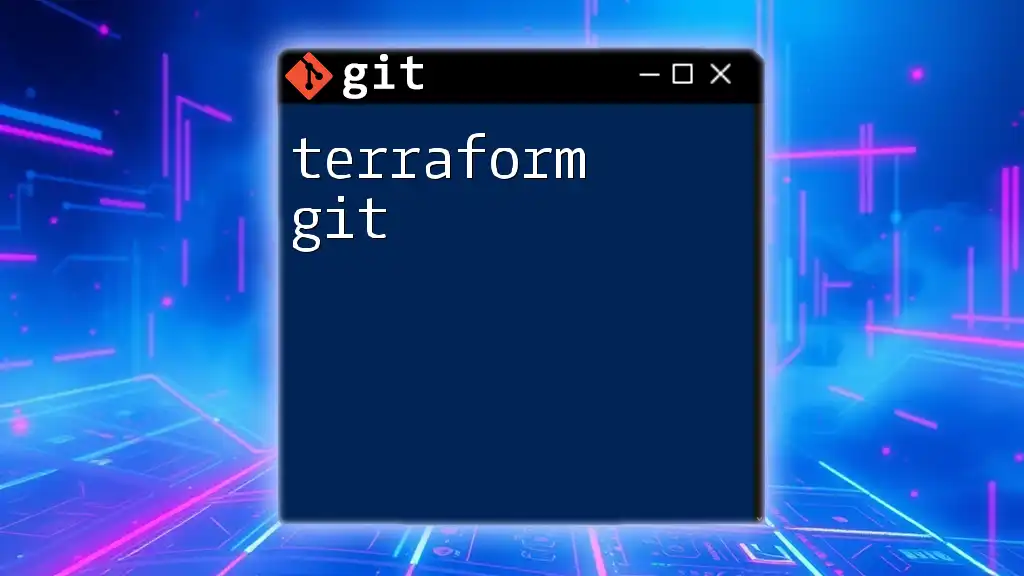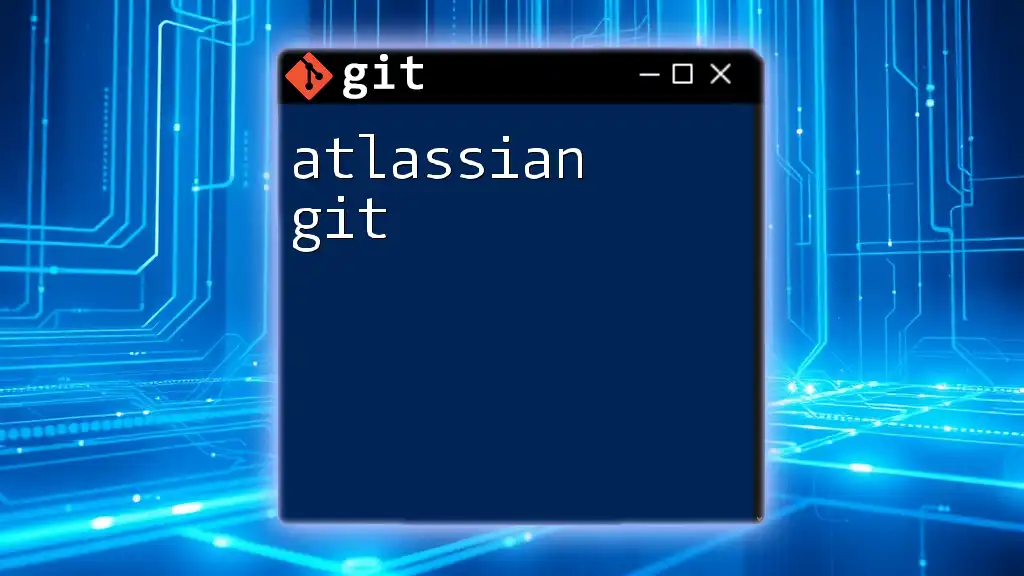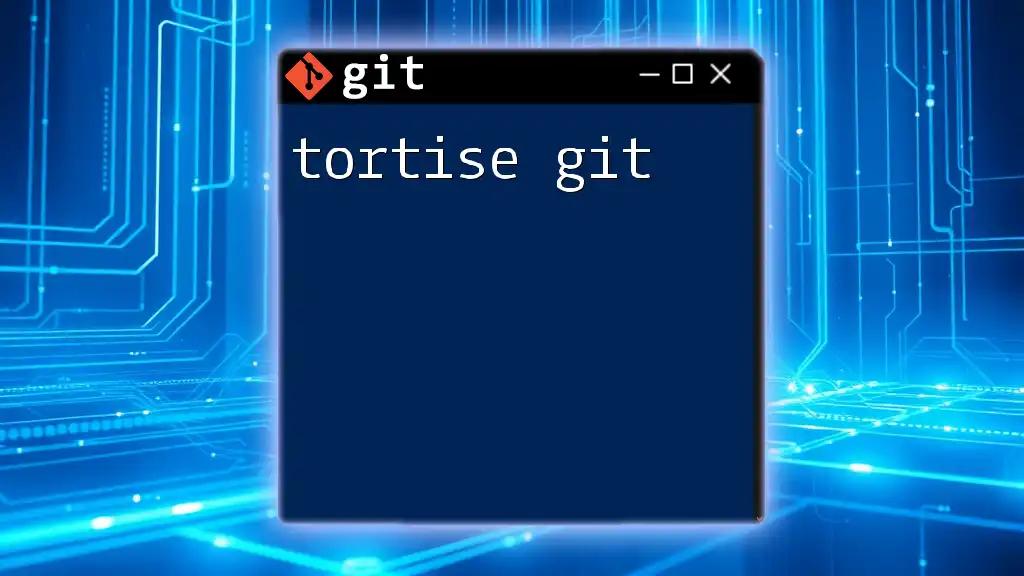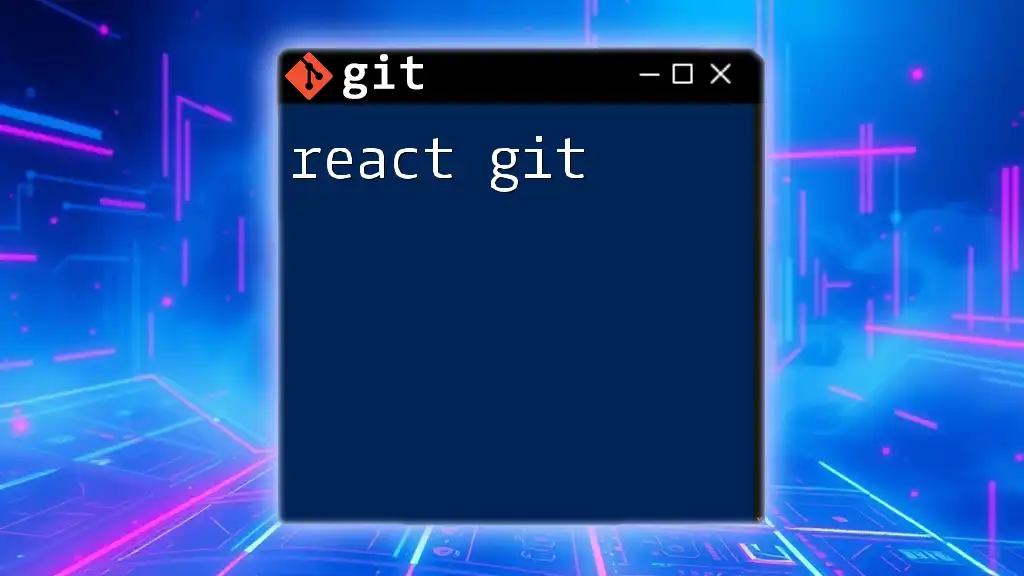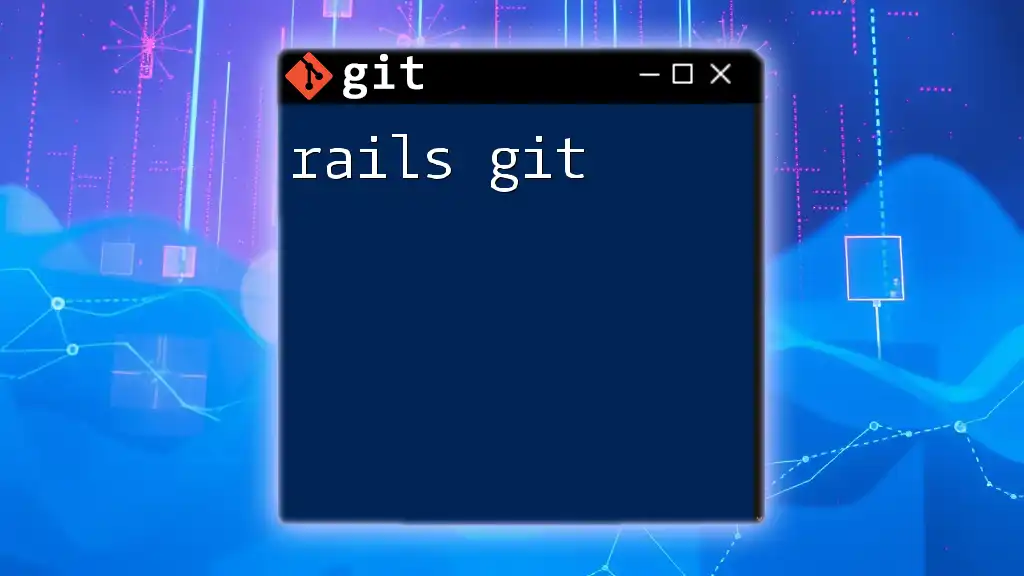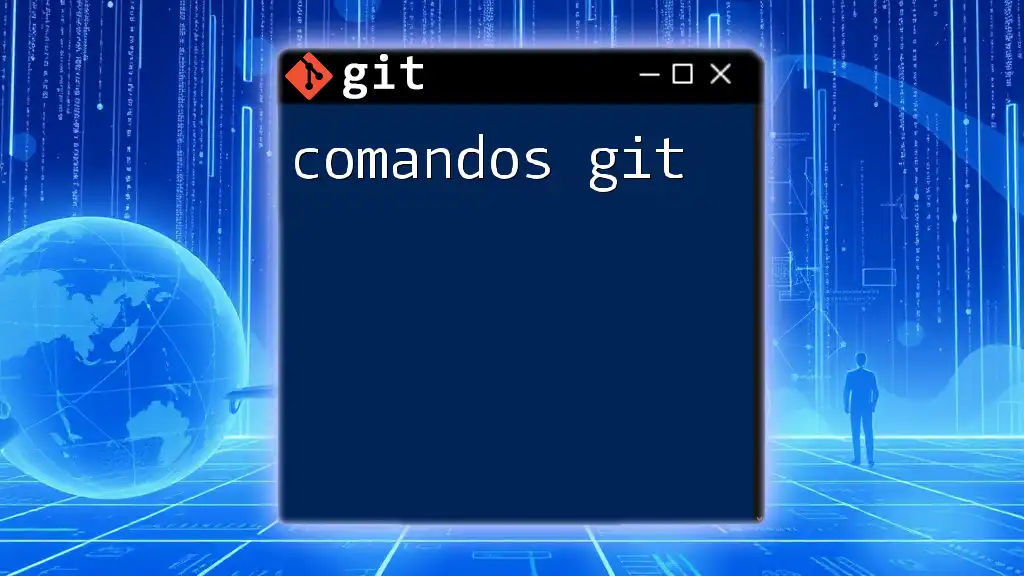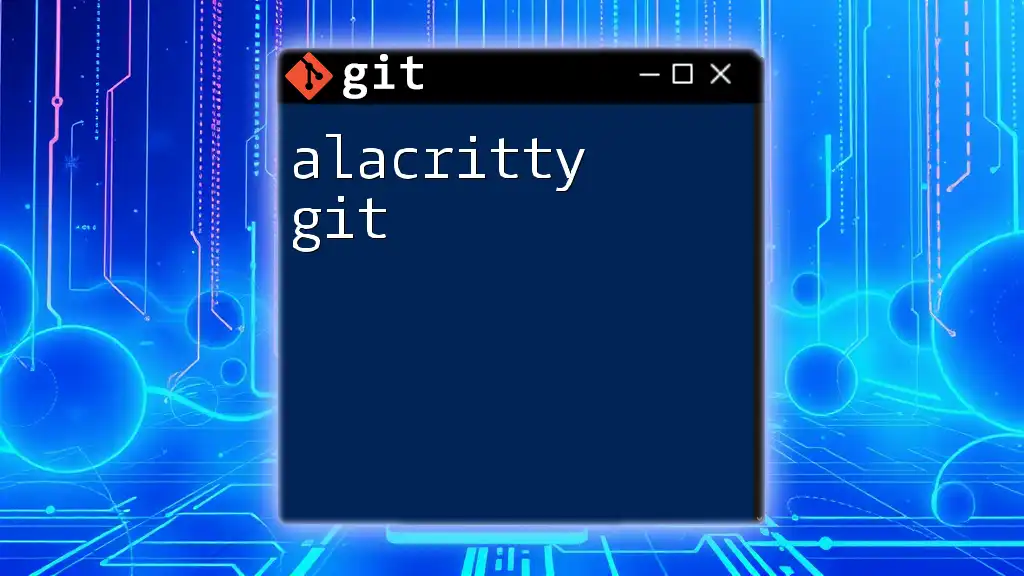ClearCase is a version control tool that focuses on large-scale enterprise development with complex branching, while Git is a distributed version control system that emphasizes speed and simplicity for collaborative coding.
Here's an example of a basic Git command to check the status of your repository:
git status
Understanding ClearCase
What is ClearCase?
ClearCase is a version control system developed by IBM, primarily designed for managing large projects in enterprise environments. Introduced in the early '90s, it provides a robust framework for software development teams to collaborate on complex projects while ensuring that all modifications are tracked effectively. ClearCase utilizes a centralized model, meaning the version history is stored on a central server, providing controlled access to files and directories.
Key Features of ClearCase
-
Version Control: ClearCase manages changes to files and directories, allowing users to maintain multiple versions of their work. This feature is critical in ensuring that developers can revert to earlier versions if necessary.
-
Branching and Tagging: ClearCase offers a structured branching model, which allows developers to create branches to isolate features or bug fixes. Tagging helps to label versions for release management, aiding in tracking significant milestones in the project's lifecycle.
-
Integration with Other Tools: ClearCase is known for its ability to integrate with other development tools, including IDEs and CI/CD pipelines, particularly in environments where other IBM products are used. This compatibility can streamline workflows for teams heavily invested in enterprise software ecosystems.
Use Cases for ClearCase
ClearCase shines in enterprise environments where teams manage complex, large-scale projects with multiple stakeholders. It is particularly well-suited for companies with established procedures and for projects that require stringent control over versioning and security.
In large scale projects, where many teams collaborate, ClearCase can provide a level of organization and access control that benefits structured work environments. Its robustness in managing file versions helps avoid conflicts and maintain a clear history of developments, ensuring accountability.
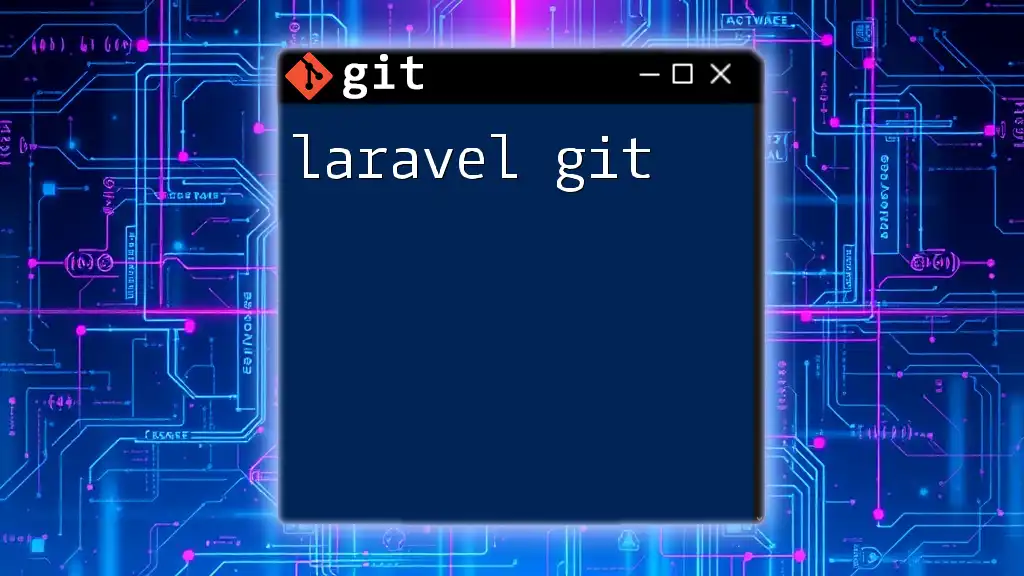
Understanding Git
What is Git?
Git is an open-source distributed version control system initially developed by Linus Torvalds in 2005. Since then, it has gained immense popularity, especially in modern software development practices. Git's distributed nature allows every developer to have a complete history of the project on their local machine, enabling more flexible workflows and collaboration.
Key Features of Git
-
Distributed Version Control: Unlike centralized systems like ClearCase, Git allows each user to work with their own local repository. This means that operations like commits and branches can be handled locally before syncing with a remote repository.
-
Branching and Merging: Git’s branching model is designed to be lightweight and efficient. Developers can create, merge, and delete branches with simple commands. This promotes a workflow where developers can work on features in isolation, then seamlessly integrate their work into the main codebase.
-
Speed and Performance: The architecture of Git allows for faster performance, particularly when it comes to operations like commits and branching. Since most actions are performed locally, developers can work offline, significantly enhancing productivity.
Use Cases for Git
Git is particularly favored in open source projects, where contributions come from various developers worldwide. Its infrastructure facilitates collaboration, allowing users to work independently on their features before integrating them back into the main project.
In agile development, the flexibility and speed of Git complement iterative work practices. Teams can quickly adapt to changes and enhancements, fostering a dynamic coding environment that aligns with agile principles.
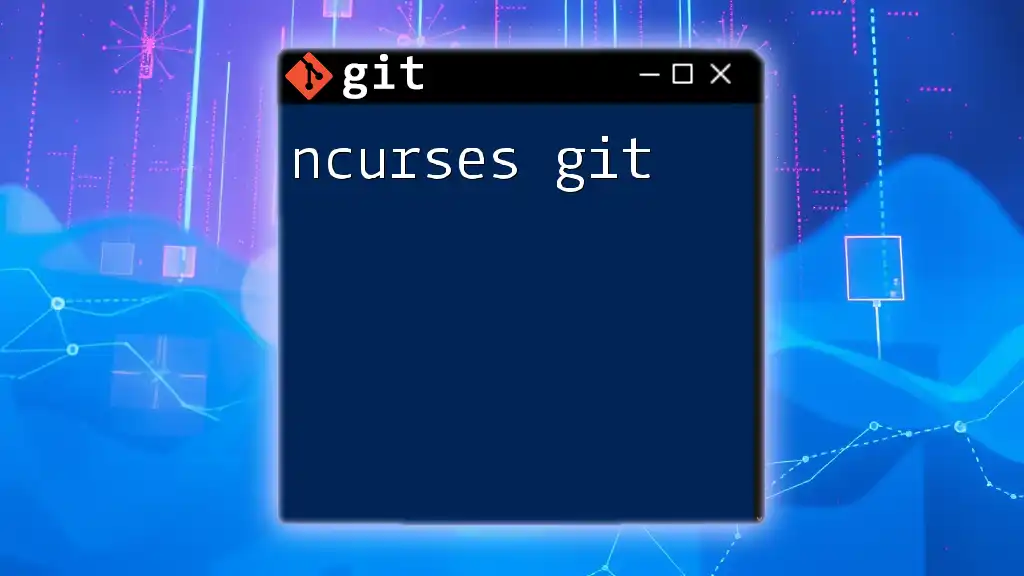
Comparing ClearCase and Git
Architecture Differences
The primary architectural difference between ClearCase and Git lies in their design philosophy:
-
Centralized vs. Distributed: ClearCase operates with a centralized model where the server maintains the authoritative version of files, leading to potential bottlenecks in performance. On the other hand, Git’s distributed nature allows each user to maintain their repository, enabling faster operations and offline capabilities.
-
Storage Models: ClearCase stores files in a centralized server system, while Git uses a snapshot approach, saving the entire project state with each commit. This results in a more comprehensive history that makes rolling back easier.
Workflow and Usability
When it comes to user interface and learning curves, ClearCase can be more intimidating for newcomers due to its complex interface. Conversely, Git's command-line interface might seem daunting at first, but its logic and ease of use become more apparent as users become familiar with its commands.
Common Commands and Operations provide insight into how each system is used:
- In ClearCase, to check out a file for editing, you might use:
cleartool checkout myfile.txt - In Git, the equivalent command to clone a repository is:
git clone https://github.com/user/repository.git
Performance and Scalability
Performance in multi-user environments generally favors Git due to its speed and flexibility. Git can handle large repositories with ease, allowing for faster operations and fewer issues related to server load.
When considering scalability, Git's lightweight branching and local operations enable it to scale efficiently for large teams and projects. This flexibility allows for a smoother scaling process, especially as project sizes and team collaborations increase.
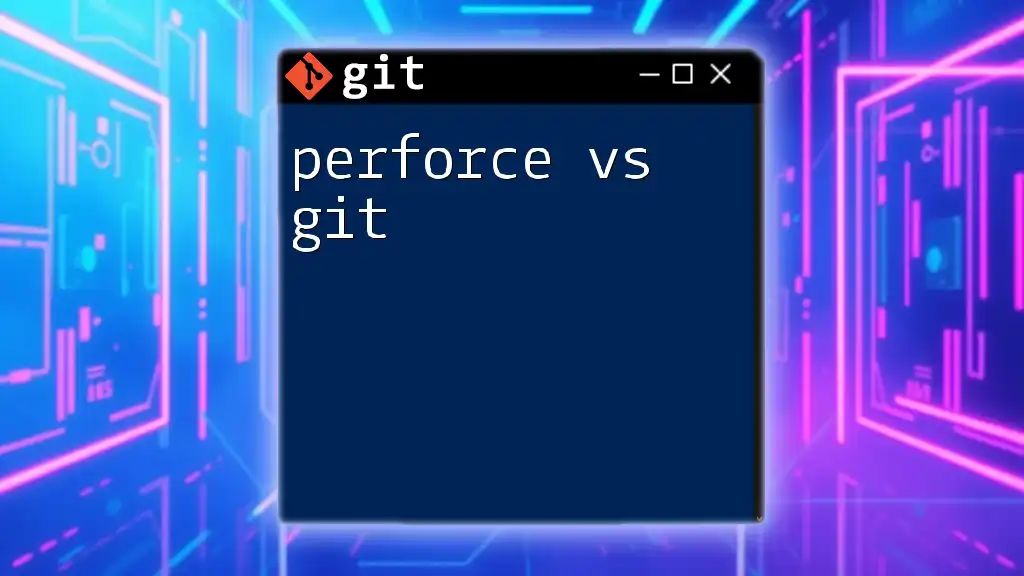
Transitioning from ClearCase to Git
Reasons for Migration
Many organizations are transitioning from ClearCase to Git to benefit from its distributed model, improved performance, and ease of collaboration. Git’s popularity among developers also contributes to a larger community and more extensive resources for learning and troubleshooting.
Migration Strategies
Direct migration can involve exporting the repository from ClearCase and importing it into Git. This process generally requires careful planning to ensure that version histories and branching structures remain intact.
Utilizing tools and scripts can facilitate this migration process. Several open-source tools exist to automate the transition, reducing manual effort and potential errors.
Best practices for migration include thorough documentation of the existing ClearCase structure, training users on Git’s functionalities, and running parallel systems for a short period to ease the transition.
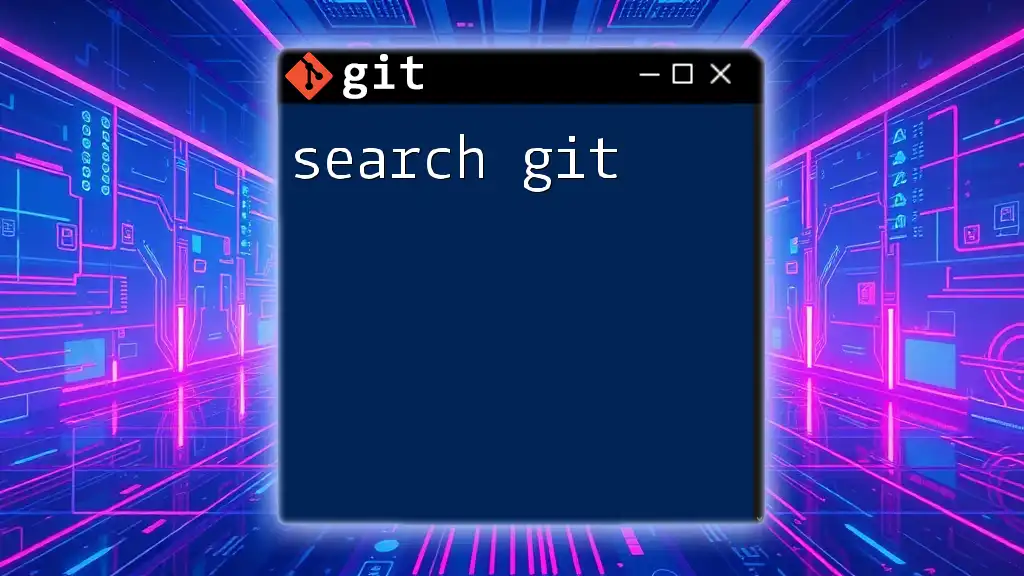
Conclusion
In summary, the choice between ClearCase and Git ultimately hinges on your specific project needs and team dynamics. ClearCase offers a structured, centralized approach, well-suited for massive enterprises with rigid processes. In contrast, Git empowers teams through its flexibility, speed, and collaborative features, making it ideal for modern software development practices.
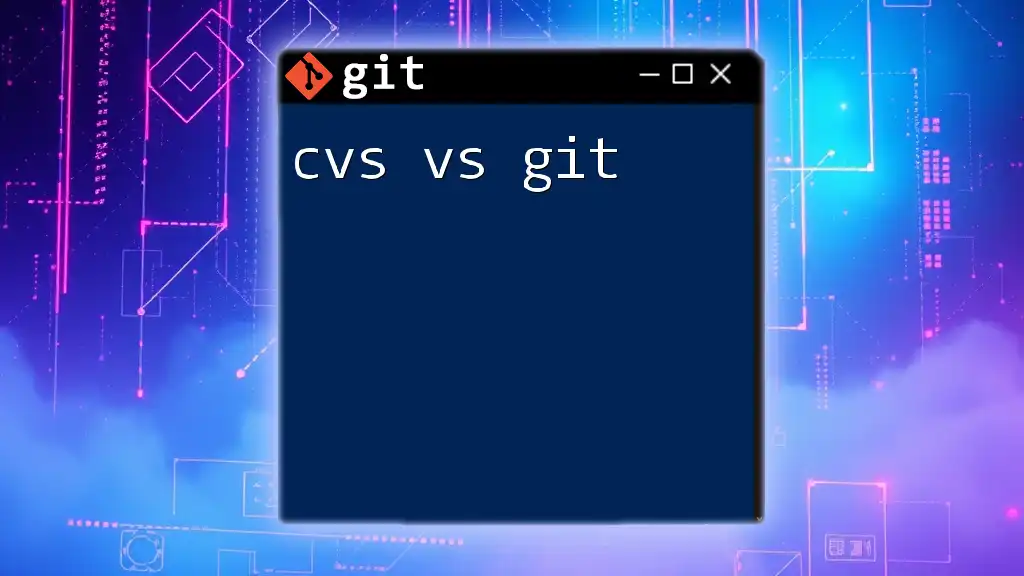
Additional Resources
For those looking to dive deeper into Git, there are numerous tutorials, documentation, and communities that provide valuable insights and support. IBM’s official resources on ClearCase also offer comprehensive guidance for users committed to that system.
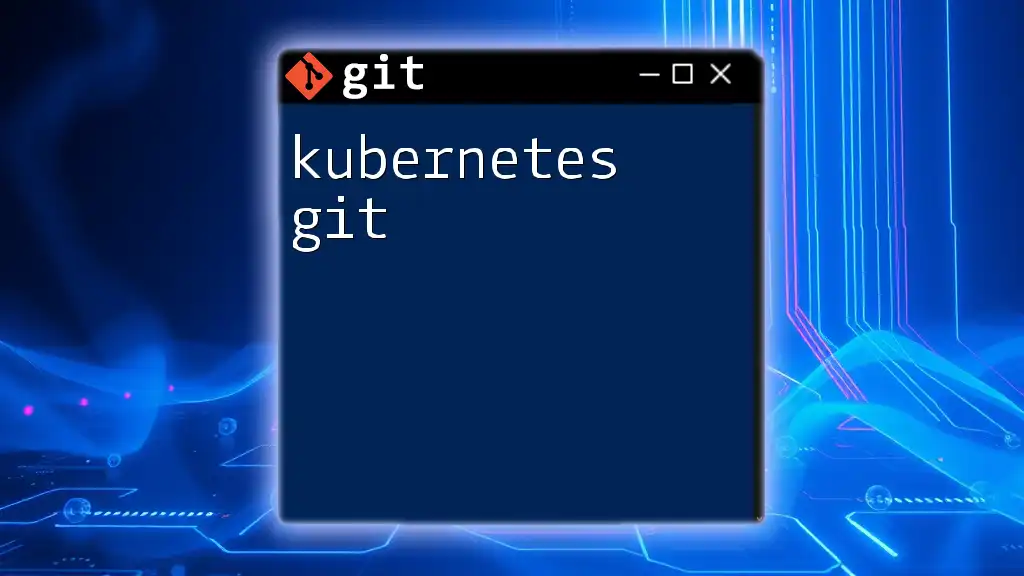
FAQs
Can I use both ClearCase and Git together?
Yes, teams can adopt a hybrid approach, utilizing ClearCase for legacy projects while gradually transitioning to Git for new development.
Is ClearCase still relevant today?
While Git has become dominant, ClearCase remains relevant in industries that rely heavily on IBM products or have established workflows where ClearCase’s features align with their operational needs.
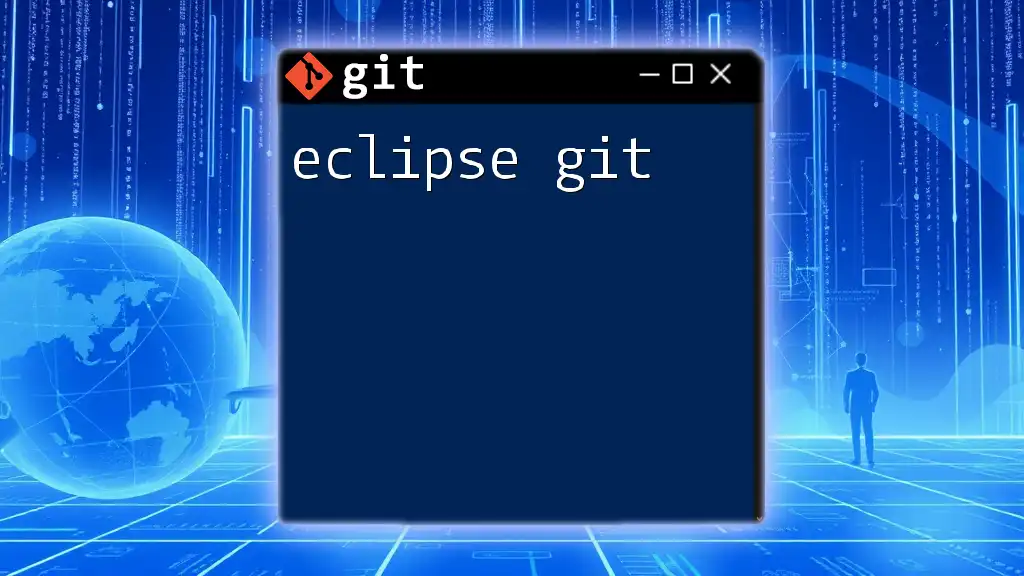
Call to Action
If you're considering a move to Git or need assistance in mastering its commands, explore our tailored teaching services designed to help you navigate this powerful tool efficiently. Don’t hesitate to reach out for a free resource or consultation to facilitate your transition to Git!

